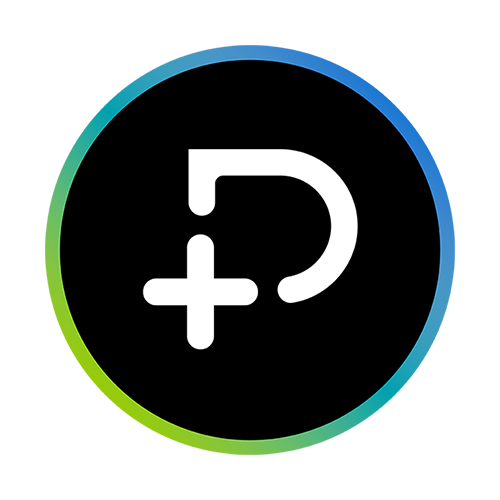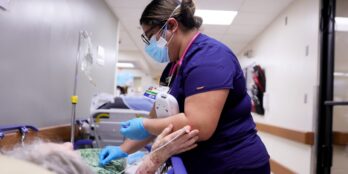
The ‘Soft’ Side of Skilled Nursing Data
 2 min
2 min
By now, you know that data plays an important role in skilled nursing — an industry in which medication management, care delivery, and compliance with government regulations can take up plenty of space in operators’ minds. But skilled nursing providers also have a hand in hospitality services. The quality of the food being served is a key source of well-being for residents and can have a significant impact on their health. In fact, nearly 35-50% of older residents in senior care facilities are malnourished, which can cause adverse outcomes.
Putting the Comfort Back in Food
A Texas-based study on skilled nursing facilities found that most residents want hot, home cooked meals served in the dining room on everyday plates. And as the demographic wave of seniors begins to shift, more dining preferences will fall into the mix of requested services.
However, capturing and managing the dietary restrictions and meal preferences of every resident can feel daunting – and ensuring the information is easily accessible to frontline staff can be a challenge. But that’s where having a centralized location for skilled nursing residents’ nutritional profiles is a huge help. While most facilities are accustomed to managing and documenting clinical information, not many track the different types of dietary data essential to creating happy residents.
Your One-stop Information Shop
Within a central system, nursing administrators can easily access and modify all sorts of information about residents’ eating habits. They can plan when and where different residents are seated for breakfast, lunch, and dinner; they can ensure that every resident gets the utensils they need, whether that be ensuring access to a lid-covered cup or serving food on divided plates; and they can keep track of different residents’ food allergies, texture needs, and dietary restrictions. Having residents’ preferences on hand is immensely helpful to skilled nursing administrators and kitchen staff, who can work more efficiently when a facility’s dietary information is all in one place.
There are also solutions, like PointClickCare’s Tray Card, that have a feature that reminds staff to encourage different things of different residents — perhaps they should encourage one resident to finish all her water, or another resident to eat all his vegetables. This is the “softer side” of data — it paints a picture of each resident as an individual with likes, dislikes, opinions, habits and personalities.
Turning Information Into Smarts!
“Soft” skilled nursing data isn’t limited to nutritional information. Skilled nursing staff can similarly keep track of residents’ activity schedules, as well as which activities different residents prefer over others. This, too, can help skilled nursing facilities from a clinical perspective — if staff notices that a resident misses two of his favorite activities in a row, for instance, the staff may want to check in with that resident to make sure everything is all right.
Not all data has to be hard, numerical data. Although the focus in skilled nursing facilities is more on the acute-care side, it’s important for providers to consider taking a more hospitality-based approach to the dining experience. There’s a place for “soft” data in skilled nursing, and it’s driving an increase in resident satisfaction.
Learn more about the advantages of an automated nutrition management program.
December 19, 2016






